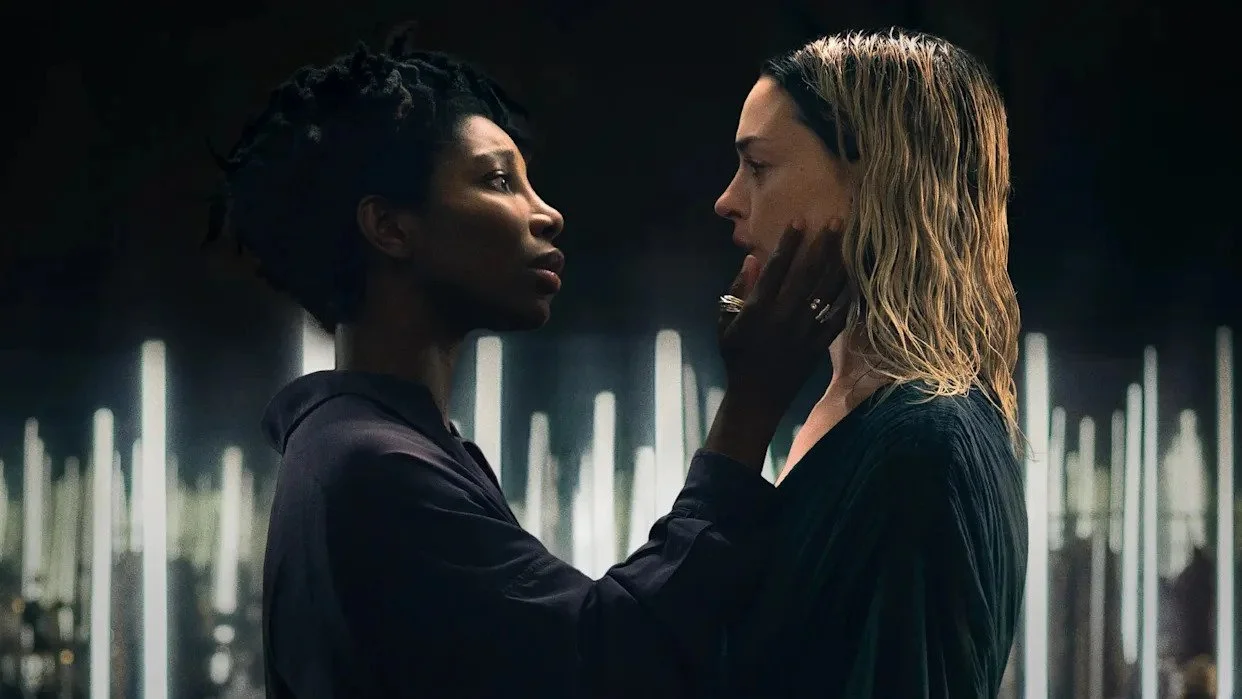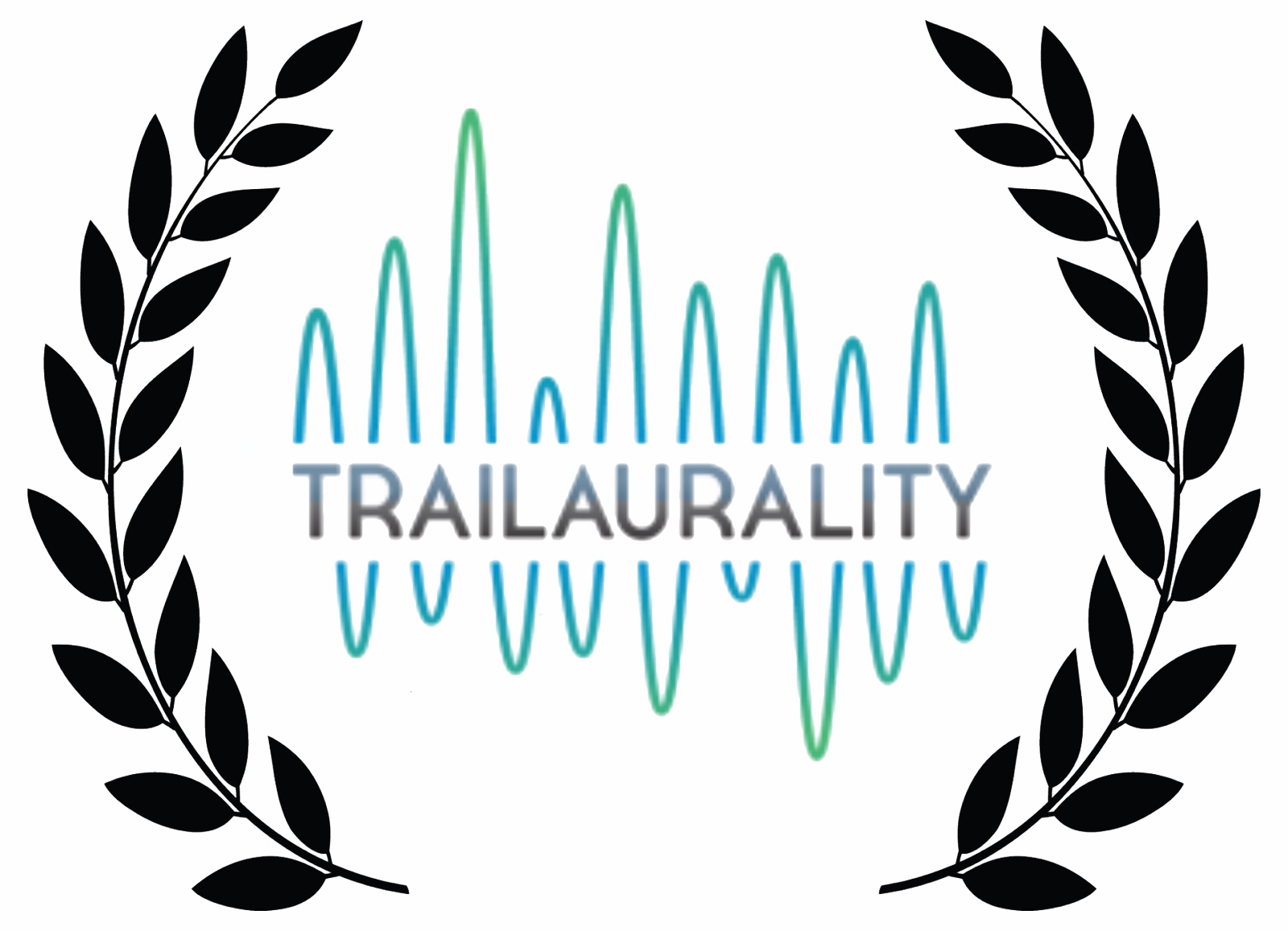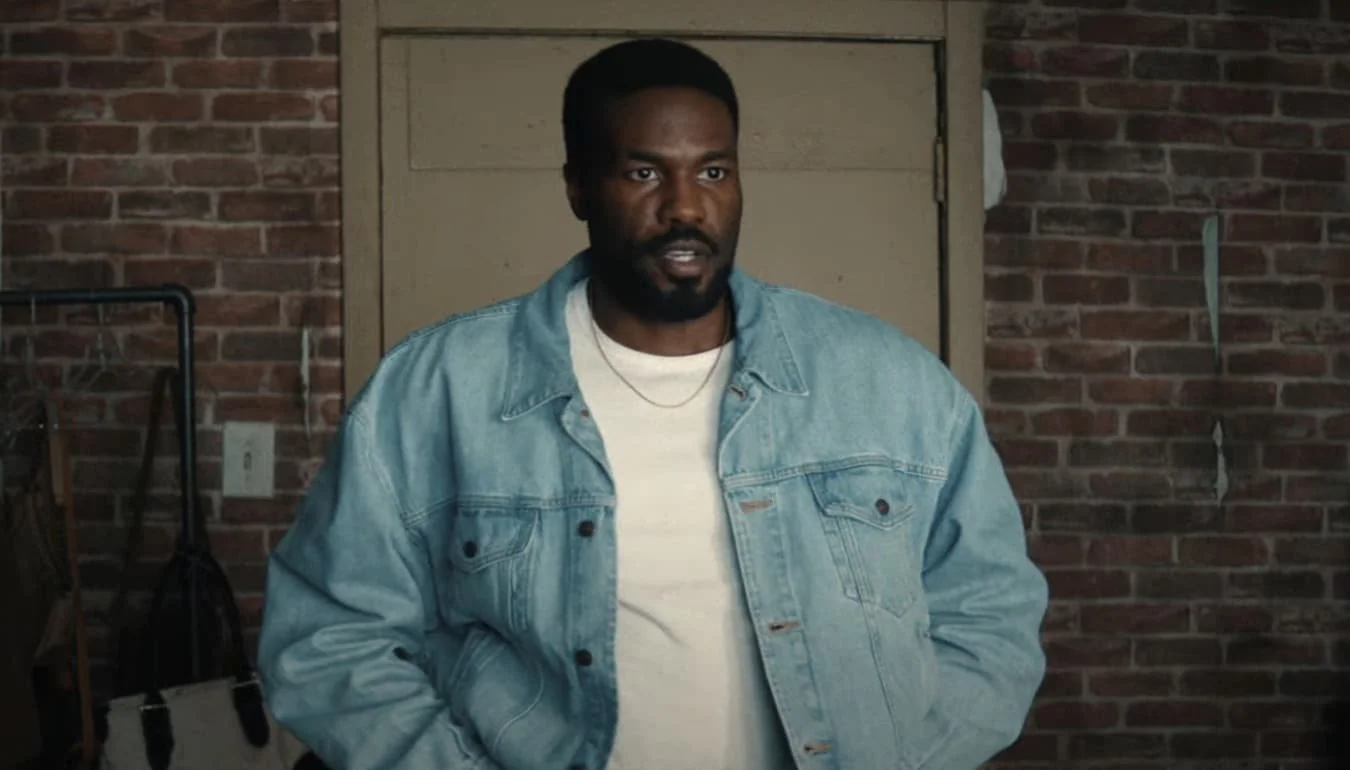Johnny English Strikes Again
/Not detracting from a noticeably rampant Hollywood affliction of “sequelitis”, Johnny English Strikes Back is nonetheless a sequel that relatively few might recognize as its entries have been released about seven to eight years apart. Including 2003’s Johnny Englishand 2011’s Johnny English Reborn, which both earned $160 million worldwide, the series is a send-up of the Bond franchise, probably drawing inspiration from the Austin Powers trilogy (1997 - 2002).
Strikes Again sees Rowan Atkinson back in action as a bumbling MI7 agent. While best known as “Mr. Bean,” Atkinson’s brand of comedy shines here, while also giving him the ability to have a speaking role and to fit a bit better amongst the broader cast, something that “Mr. Bean,” taking after the Charlie Chaplin school of comedic miming, was never intended for.
The trailer opens by taking advantage of the fact that few are expecting a sequel to Johnny Englishright now: a solemn cello is paired with a sombre drone in the upper strings against a shot of the London Eye; an incredibly sophisticated MI7 headquarter is presented as a trailerized version of Bonnie Tyler’s “I Need a Hero” is sung against stark images of phones off the hook and a few action shots.
The ruse is revealed, however, on the word “hero,” which is contrapuntally juxtaposed with the image of Atkinson’s famously goofy visage, as he raises a martini glass and opines that someone is “looking particularly beautiful tonight.” It turns out there is a second reveal, as we realize he is actually, for some reason, teaching this gesture to a large class of schoolchildren.
At 0:38 we’ve reached the second third of the trailer, and with it, after the reveal, a marked change in tone, with a rollicking rock riff pausing only on cue for the comedic dialogue, with the occasional trailer-signature “winding down sound”for good measure.
At 1:18 the music changes track to more of a stomping groove as various other cast characters and new gimmicks particular to this entry are introduced, such as a virtual reality gag.
By 2:00 the final third of the trailer is in play, which, while keeping the same music, has moved from presenting an assortment of clips to a more extended scene involving magnetic boots. At 2:12 we get the main title card, and at 2:20 there’s a moment of synchronicity between the music and image, as the music seems to be building towards a climax, only to end in Atkinson’s thudding body as he falls off a cruise liner’s railing, emphasizing Atkinson’s penchant for slapstick humour. The music returns at 2:28 with the release card (“coming soon” – more precisely, September in North America and October in the UK).
Strikes Again’s trailer reaffirms many things that we already know of the modern comedy trailer, including the trope of the fake-out opener. It is interesting, however, that the editors would go for a completely new rendition of an existing Bonnie Tyler song rather than anything fully new or pre-existing. It could be that by presenting such an over-the-top song in this context, it could act as a subconscious indicator that the world of Johnny Englishis fundamentally satirical and more than slightly ridiculous. The effort to lampoon the slow pop song trope in a way that completely lifts from Bond openers, including the slowly rising and falling chromatic embellishments, is noticeable.
– Curtis Perry








